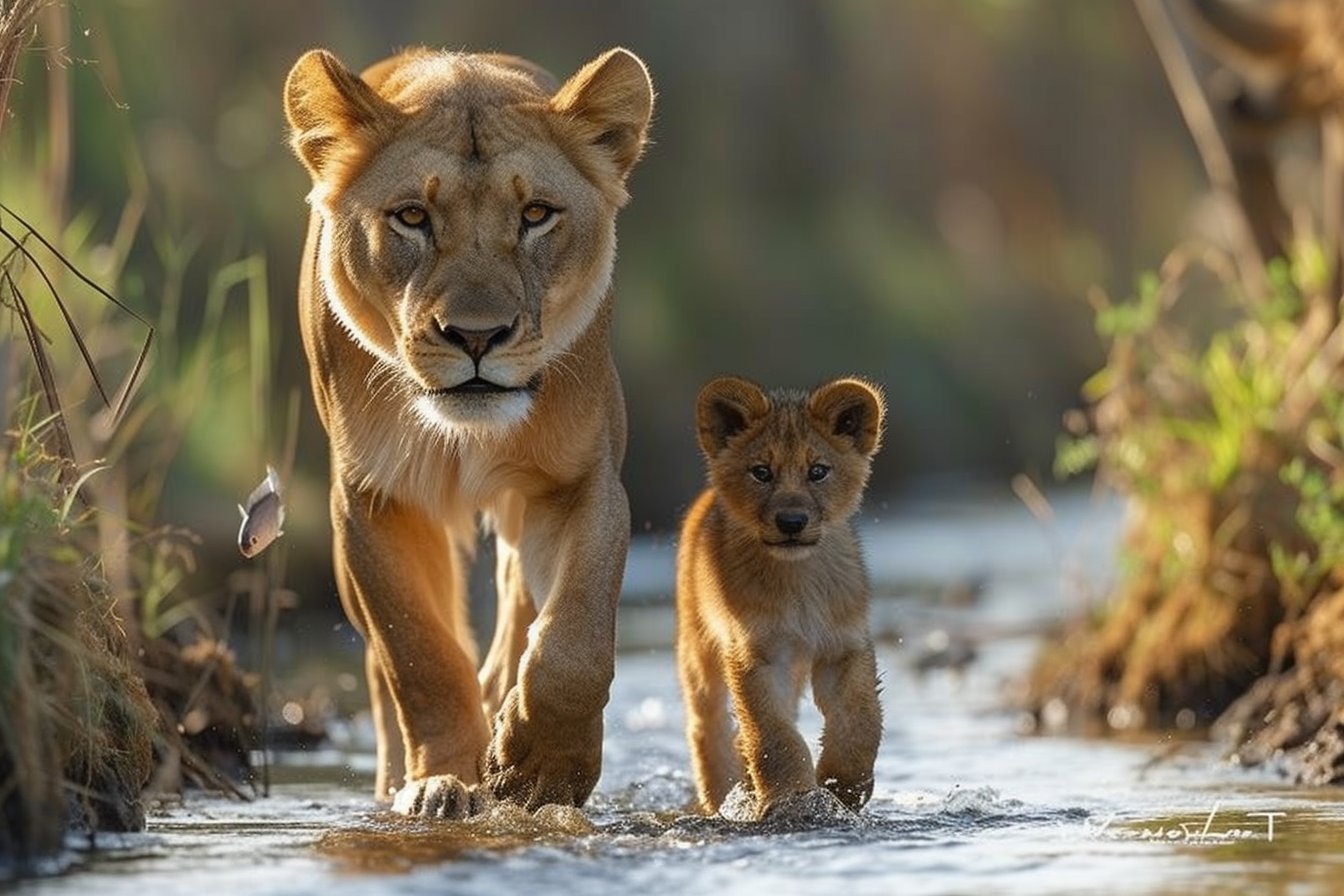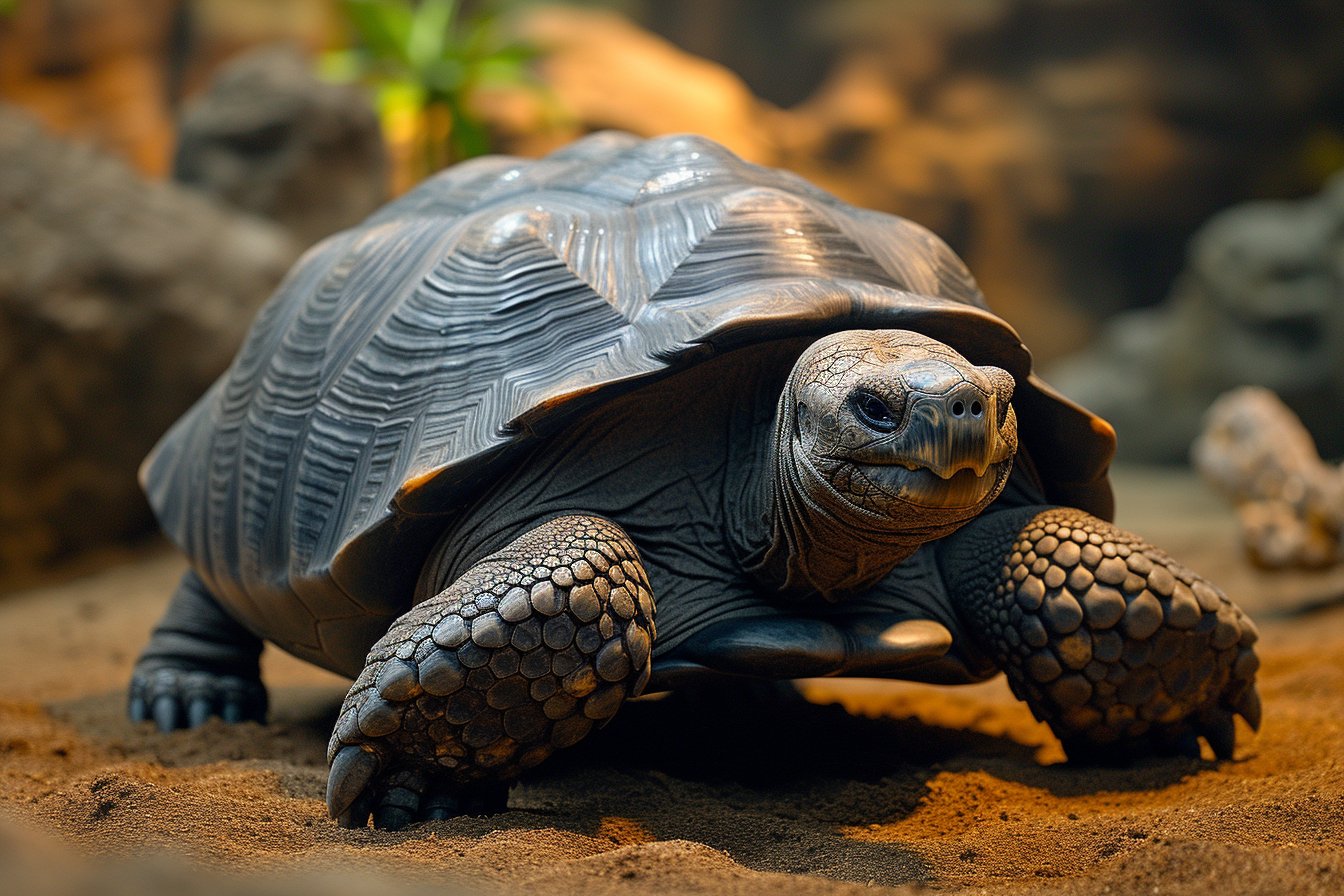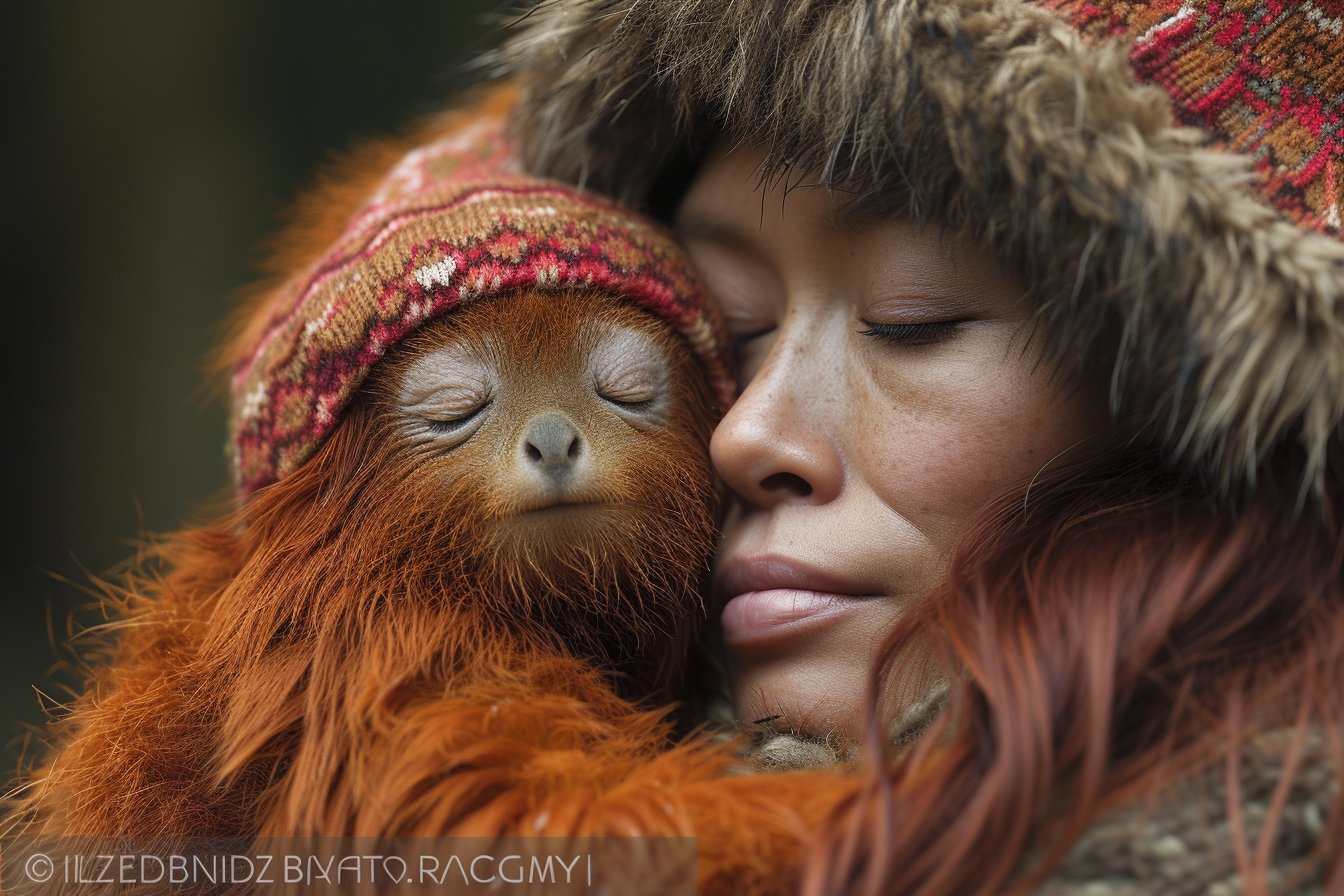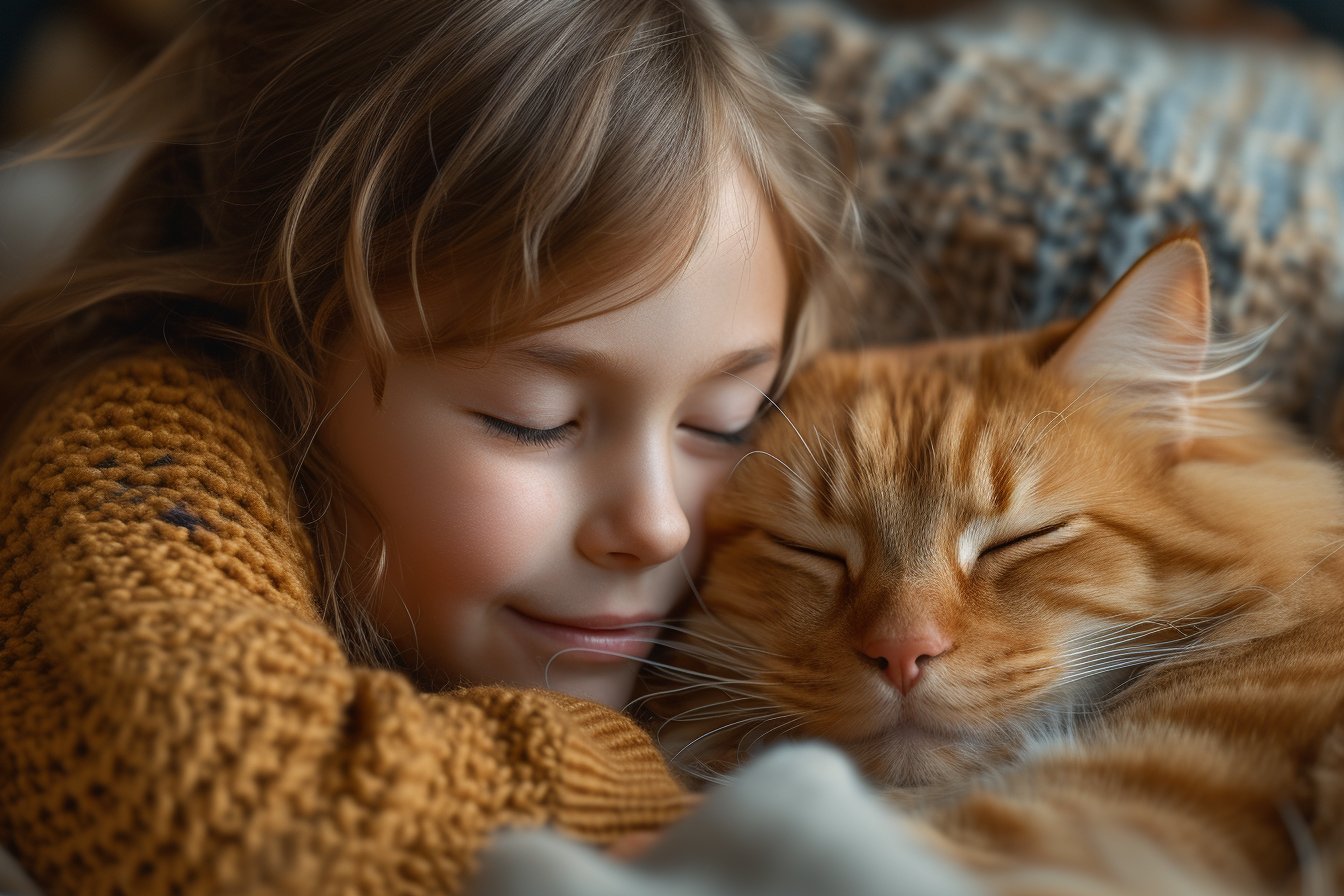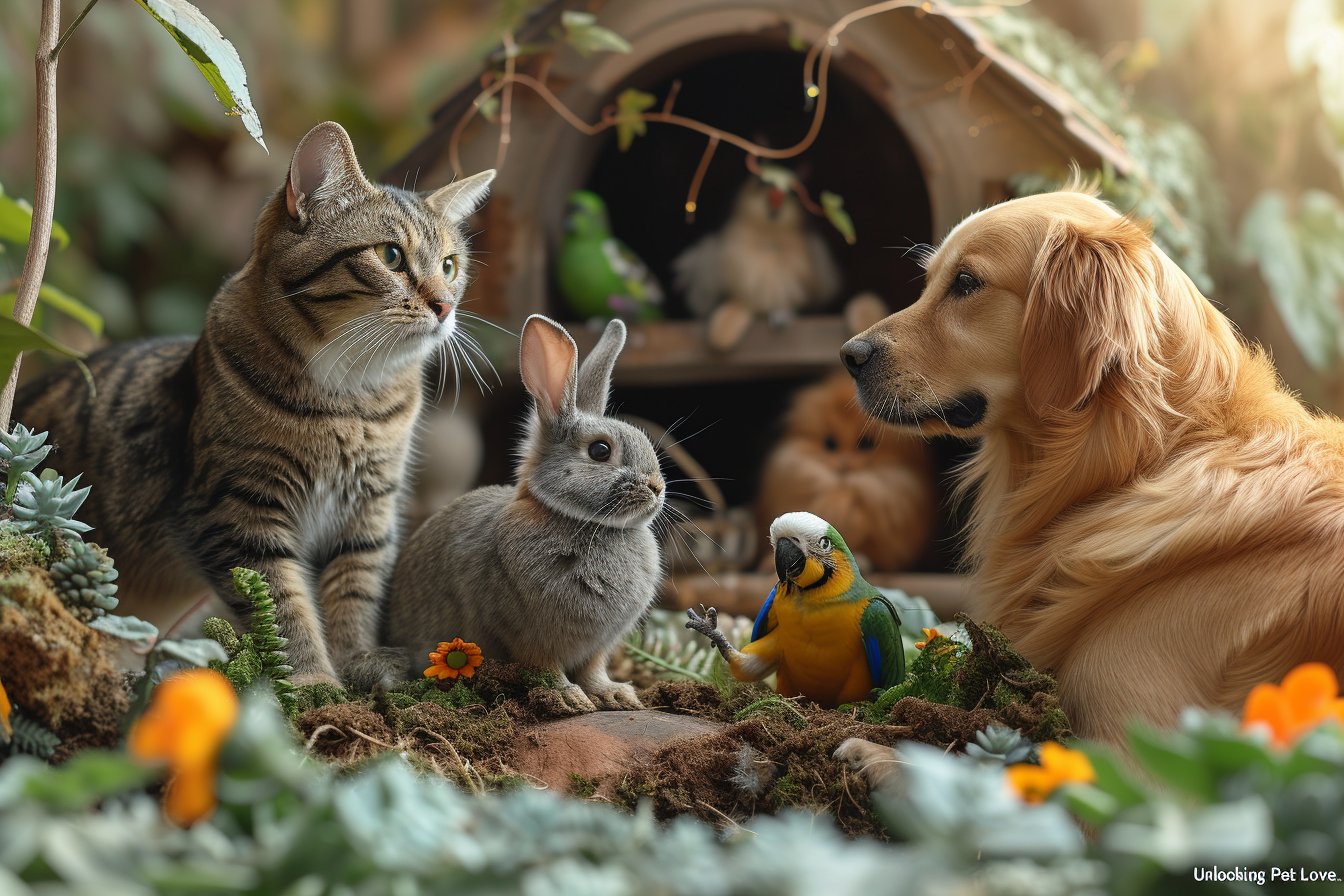Pets are magnificent creatures that offer us unwavering love and companionship. Interestingly, animals also exhibit similar sentiments towards one another, enjoying each other’s presence as much as we enjoy theirs. But what triggers this phenomenon of pet-on-pet affection? Let’s explore the factors that drive animals to form bonds with their own kind and examine how pets display these connections.
The science behind animal bonding
The evolutionary basis of social connection has its roots in mammalian behaviors that have been passed down for generations. The drive to form relationships with other members of their species is essential to the survival of many animals, especially those intricately tied to their pack or group. Several factors contribute to animal bonding, including:
- The ability to recognize their kin, which is crucial for maintaining familial ties and avoiding inbreeding
- Mirror neurons, specialized brain cells present in mammals that allow them to feel empathy and relate to others’ emotions
- The production of oxytocin, a hormone linked to social interaction and bond formation
Oxytocin: the “love” hormone
Oxytocin plays a significant role in shaping the emotional bond between animals. This neurotransmitter is secreted during periods of social contact and promotes feelings of attachment among members of the same species. Furthermore, oxytocin levels rise when an animal cuddles, grooms, or plays with another, strengthening the connection they share.
How pets express their affinity for one another
In addition to the neural processes driving animal emotions, various external factors can influence pet-to-pet relationships. These include phenotype similarities, shared experiences, and certain behavioral traits that may evoke a sense of camaraderie within animals.
Phenotypic similarities
Although outward appearances are less important in the animal world than they are among humans, the fact remains that animals take notice of one another’s physical attributes. Similar phenotypes can create a sense of kinship among pets and lead to enhanced attachment as they may identify with their own kind more readily.
Shared experiences
The life experiences shared by pets play a pivotal role in defining the strength and quality of their relationships. Just like humans, pets can form bonds based on shared experiences such as living together, interacting with their owner or handler, playing, and engaging in mutual grooming sessions. These events bring them closer together and solidify their emotional connection.
How different species bond
Different pet species have various ways of exhibiting affection towards each other, based on behaviors inherent to their kind. Understanding these unique relational habits is essential in ensuring harmony between pets.
Canine bonding
Dogs are pack animals that thrive in the company of others. This instinct drives them to engage in multiple forms of social interaction with fellow canines, including:
- Playful behavior, such as chasing, wrestling, and tugging at toys
- Affectionate nuzzles and grooming
- Protective stances, denoting a sense of belonging to a group
Feline friendships
Cats, being more independent creatures, tend to demonstrate their affection for one another through subtler means. Common gestures include:
- Head-bumping and cheek rubbing
- Sharing close physical proximity, such as snuggling and lying together
- Grooming each other in a mutual display of care
Feathered companionship among birds
Birds often exhibit their affinity for one another through vocal exchanges that can be described as duets or synchronized calls. Certain bird species may also preen each other or share meals by regurgitating food to express affection.
Cross-species friendships
One fascinating aspect of pet-on-pet bonding is the capacity for animals to form cross-species relationships, demonstrating that love knows no bounds. Instances where dogs forge connections with cats or even acts of friendship between predators and prey break all stereotypes and show just how strong animal bonds can be. These unique cases demonstrate that given the opportunity, pets can learn to coexist peacefully irrespective of their inherent differences.
Fostering harmonious pet relationships
Understanding the factors influencing pet bonds is vital in creating an environment conducive to interspecies harmony. Implementing the following strategies might encourage healthy relationships among your pets:
- Introduce new pets gradually, giving them time to familiarize themselves with one another at their own pace
- Promote positive interaction by providing shared spaces they can explore safely
- Allocate individual resources, such as beds and toys, to ensure they feel secure in their environment
- Establish routines that involve combined activities, such as group play sessions or peaceful feeding times
In summary, animal bonding allows our pets to develop meaningful connections that enrich both their lives and ours. Recognizing and nurturing these relationships will not only enhance the well-being of your pets but also provide you with a unique and delightful experience in observing expressions of pet-on-pet love.



